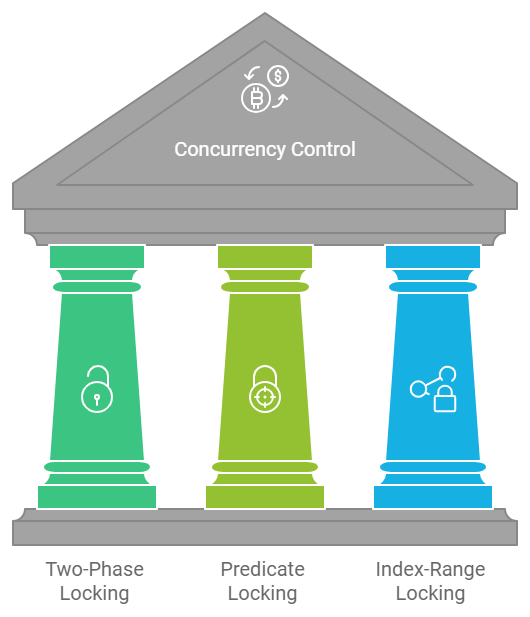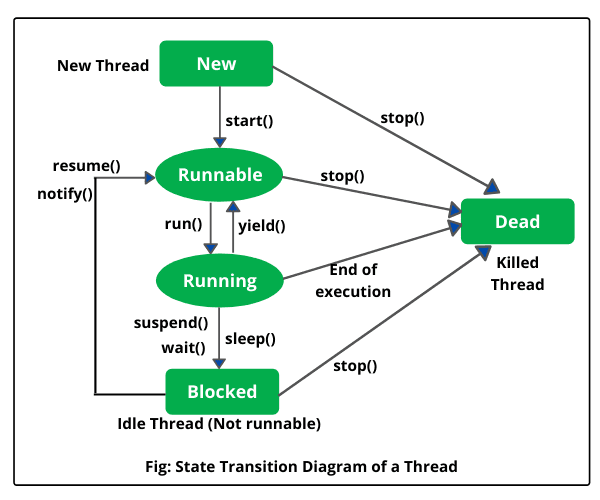Member-only story
Demystifying 2PL, Predicate Locking, and Index-Range Locking: A Comprehensive Guide with Examples
Concurrency control is a fundamental aspect of database systems, ensuring that multiple transactions can occur simultaneously without compromising data integrity. This article aims to simplify and delve deep into three critical concurrency control mechanisms: Two-Phase Locking (2PL), Predicate Locking, and Index-Range Locking. We’ll explore each concept step-by-step, enriched with examples to enhance understanding.

1. Introduction to Concurrency Control
In a multi user database environment, multiple transactions are usually happening at the same time. This concurrency can be managed without proper management and can cause problems such as data inconsistency, lost updates, and dirty reads. Concurrency control mechanisms are used to ensure that transactions are executed in such a way that data integrity and isolation are maintained.

2. Two-Phase Locking (2PL)
Simple Explanation
Two Phase Locking (2PL) is a protocol that guarantees transactions behave like they…










